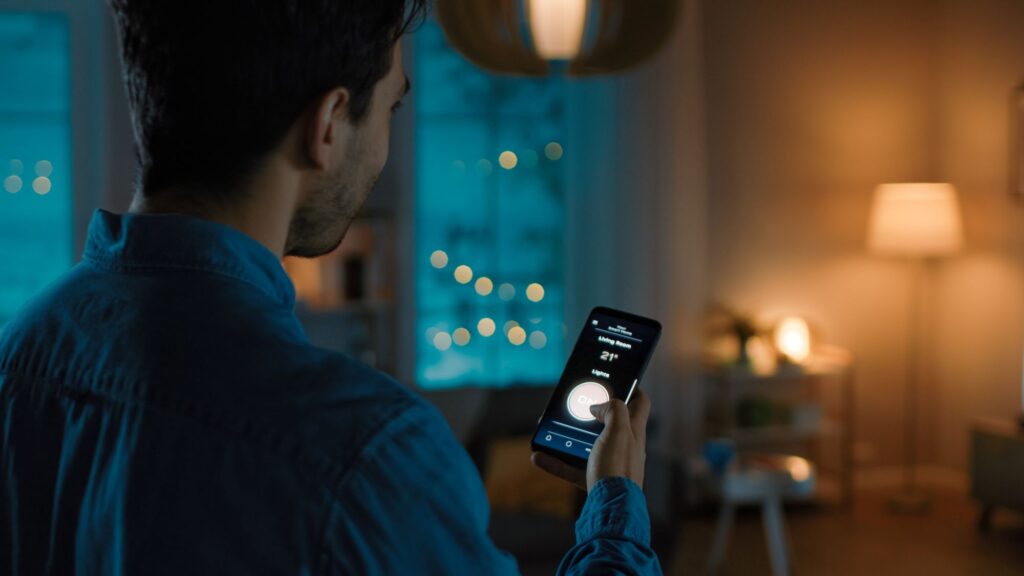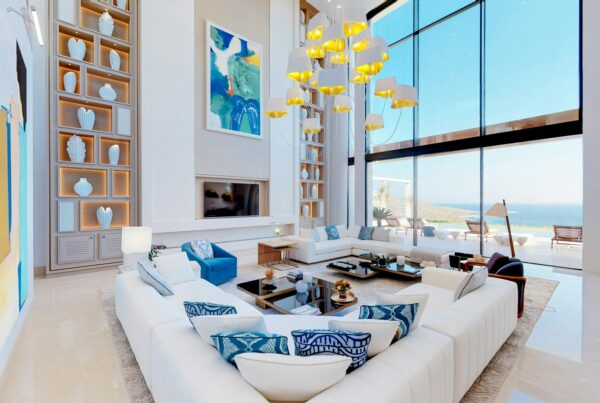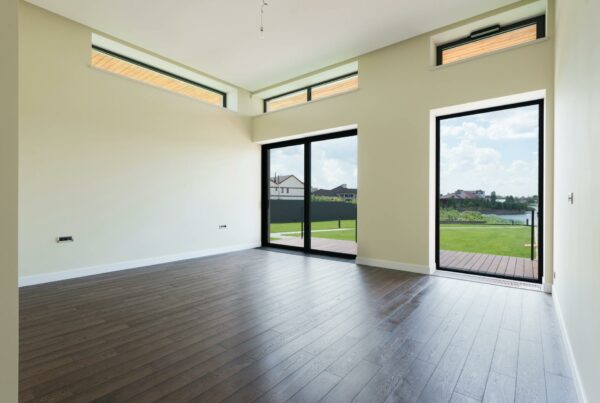Last Updated on June 16, 2023
Lighting is the unsung hero of home design, and it’s the magical element that can turn a drab living room into a cozy haven or a mundane kitchen into a culinary showpiece. Yet, many homeowners overlook this vital component and its potential impact.
With the right combination of style, design, and efficiency, home lighting can transform your living space into an aesthetic delight while ensuring your electrical system runs smoothly and efficiently.
In today’s eco-conscious world, where sustainability is as important as style, integrating efficient electrical systems into your home lighting design is not just a luxury; it’s a necessity. It’s about finding that perfect blend of aesthetics and efficiency where chic meets sensibility.
Get ready to discover innovative, sustainable ways to illuminate your home through an efficient electrical system:
1. Hire Professional Electricians
Before you embark on your quest to transform your home’s lighting, the first step is ensuring your wiring and electrical systems are in good hands. This is where professionals such as The Local Electrician come into the picture. A qualified and experienced electrician can assess your home’s electrical system, identify potential issues, and provide expert guidance on optimizing it for maximum efficiency and safety.
Hiring a professional electrician isn’t just a wise decision; it’s an investment in the safety and efficiency of your home. Skilled contractors ensure your home’s electrical system is up to code, reduce the risk of electrical fires, and recommend solutions tailored to your needs and preferences. So, before you start shopping for that chic chandelier or those stylish LED bulbs, contact a local electrician first to set a strong and safe foundation for your modern, efficient home lighting system.
2. Incorporate Dimmer Switches
Dimmer switches offer the power to control the light intensity in your rooms, allowing you to create varying moods at different times.
Want a softly lit atmosphere for a movie night? Or need full brightness for a late-night study session? Dimmer switches have you covered.
In addition to flexibility, dimmers are excellent energy savers. By dimming your lights, you’re using less electricity, which not only lowers your energy bills but prolongs the lifespan of your bulbs too.
3. Use Smart Lighting
Smart lighting systems, equipped with the latest technology, can be your go-to for style and energy efficiency. These systems allow you to control your home’s lighting via smartphone apps or voice commands. This convenience, paired with energy-saving features like scheduling, dimming, or motion sensing, offers a winning combo of design and sustainability.
Imagine your porch light turning on automatically at sunset or your living room lights dimming when your favorite movie begins. Smart lighting brings a whole new level of personalization and efficiency to your home lighting.

4. Use LED Lights
LED lights, favored by interior and home designers, seamlessly blend style and efficiency. Their energy-saving properties and longevity far outshine traditional incandescent bulbs. Yet it’s not just their energy efficiency that makes them a catch; LEDs’ versatility in design allows them to fit into any home decor style, from minimalist to boho chic.
Consider LED bulbs that offer adjustable color temperatures. That way, you can shift the ambiance of your room from warm and cozy to bright and invigorating with a flip of a switch. Remember, LEDs contribute to reducing your home’s overall energy consumption too.
5. Optimize Natural Light
Harnessing natural light isn’t just beneficial for your well-being; it’s an excellent way to add style and save on electricity costs as well.
Large windows, skylights, and strategically placed mirrors can all amplify the amount of daylight inside your home.
In addition, light-colored walls and reflective surfaces can help disperse light throughout a room, reducing the need for artificial lighting during the day. Indeed, natural lighting adds a unique, warm charm that artificial lights often struggle to replicate.
6. Consider Light Layering
Light layering can revolutionize your home lighting design. This technique combines ambient, task, and accent lighting to create a well-balanced, versatile, and efficient lighting scheme.
Ambient light offers overall illumination, task lighting aids in performing tasks like reading or cooking, and accent lighting highlights particular features, such as artwork or architectural details. By layering these different types of light, you can control where and how much light is needed at any given moment, reducing unnecessary energy usage.
For instance, using a bright, focused task light for reading can be more efficient than illuminating an entire room. Additionally, light layering adds depth and drama to your space, creating a visually appealing ambiance that single-source lighting often fails to achieve.
Optimize Your Home Lighting
Your home’s lighting is more than just a practical necessity. It’s an artistic tool, an avenue of self-expression, and an opportunity to impact the environment positively.
With the help of local professionals and by incorporating techniques like light layering, LED lights, dimmer switches, smart lighting, and optimizing natural light, you can illuminate your home stylishly while maintaining an efficient electrical system.





